Board games are an invention that has been around much, much longer than the average person would probably expect. Most civilizations throughout history have had some form of board game within its culture, with relics of some board games being discovered before signs that the culture had even developed literacy skill. The oldest confirmed board game can be traced back to 3500 BC, to the predynastic era of Egypt. Senet, as it has been come to be called, translates to “the passing game.” The game had quite a popularity in Ancient Egypt, with remnants of Senet boards being found not only in the predynastic era, but also in First Dynasty burial sites, which date to around 3100 BC.
Paintings of Senet have been found on the walls of many Egyptian burial tombs, from the tomb of Merknara which dates to around 3300-2700 BC and the burial site of the Third Dynasty Hesy, who lived from 2686-2613 BC. By the time of the New Dynasty of 1567-1085 BC, Senet had come to be a game of grave importance to the Egyptians. It was believed that a good Senet player would be protected from harm by the gods and often, corpses would be buried with Senet boards as a means to aid in the dangerous journey to the afterlife. The Egyptian Book of the Dead makes references to Senet and its uses with the afterlife journey, proving its vast importance to their society.
Across the world, in China, the board game Go was being developed at the same time. The first known written reference to the game dates back to 548 BC, but legend has it that the game was begun by the Chinese Emperor Yao, who lived from 2337-2258 BC and had the game designed for his son. It has been theorized that the game was used by Chinese tribal warlords who used stones to map out attacking positions. There is even conjecture that the game originated out of a fortune telling device, but none of these can be accurately proven. Go was considered to be the game of the aristocracy and it slowly began to spread to Japan and Korea around the 5th Century AD.
Backgammon has traces of the original Senet game within it, but the first traces of its modern incarnation come from the 1st Century AD, where Ludus Duodecim Scriptorum redesigned the board into 2 rows of 12 points each. By the 6th Century, this game had come to be known as Alea, and by the Middle Ages, Alea was considered to be the most popular game. The name changed somewhat to be known as either “Alea” or “Backgammon.” This game, among others, were all called “Tabula,” which was a generic term that roughly meant the equivalent of “board game.”
Board games have been common through most of history, with each culture and civilization showing historic proof of their existence. However, board games seemed to experience a renaissance in the middle of the 20th Century, when the rise of the middle class provided both the time, money, and the desire for collections of them to become popular. Board games are still riding the wave of this popularity and, despite whatever might happen, can be assured to last long into the future in some form or another.
By Victor Epand
Victor Epand is an expert consultant for board games, chess boards, and dungeons and dragons miniatures. You will find all these things and more if you visit board games, chess boards, and dungeons and dragons miniatures.

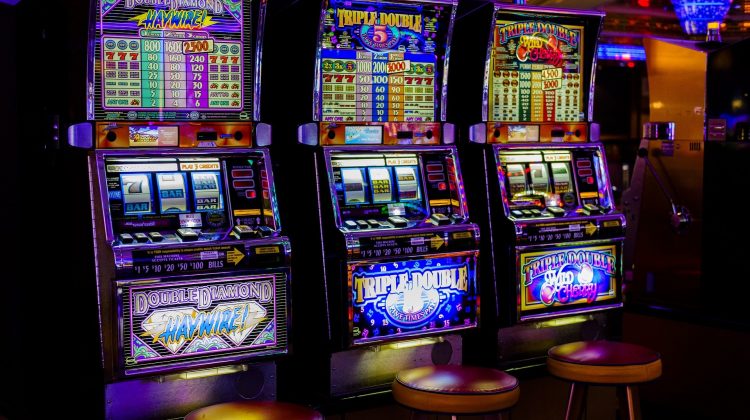

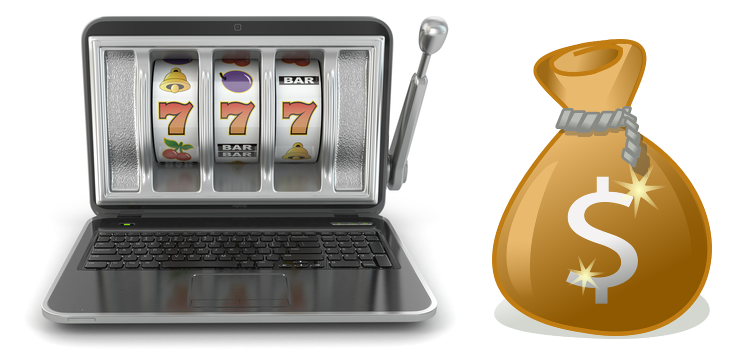
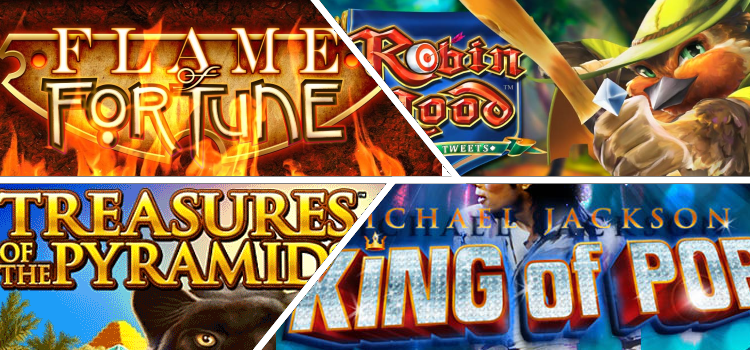




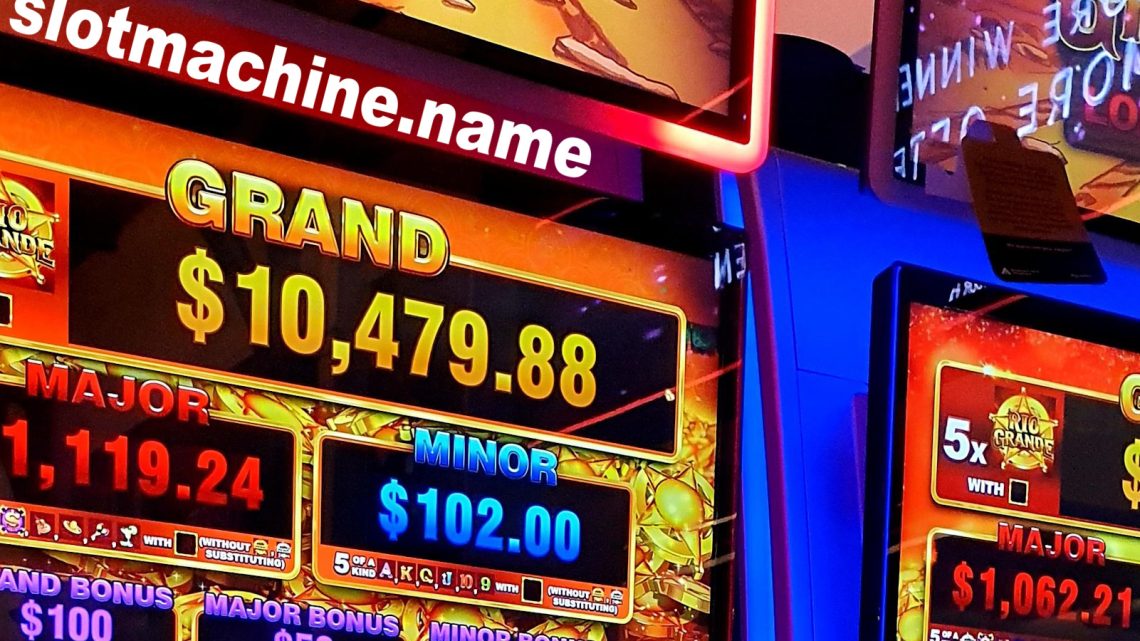
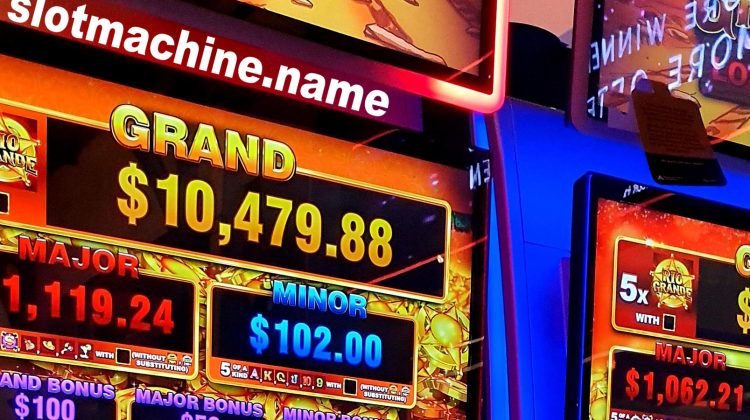
No Comment